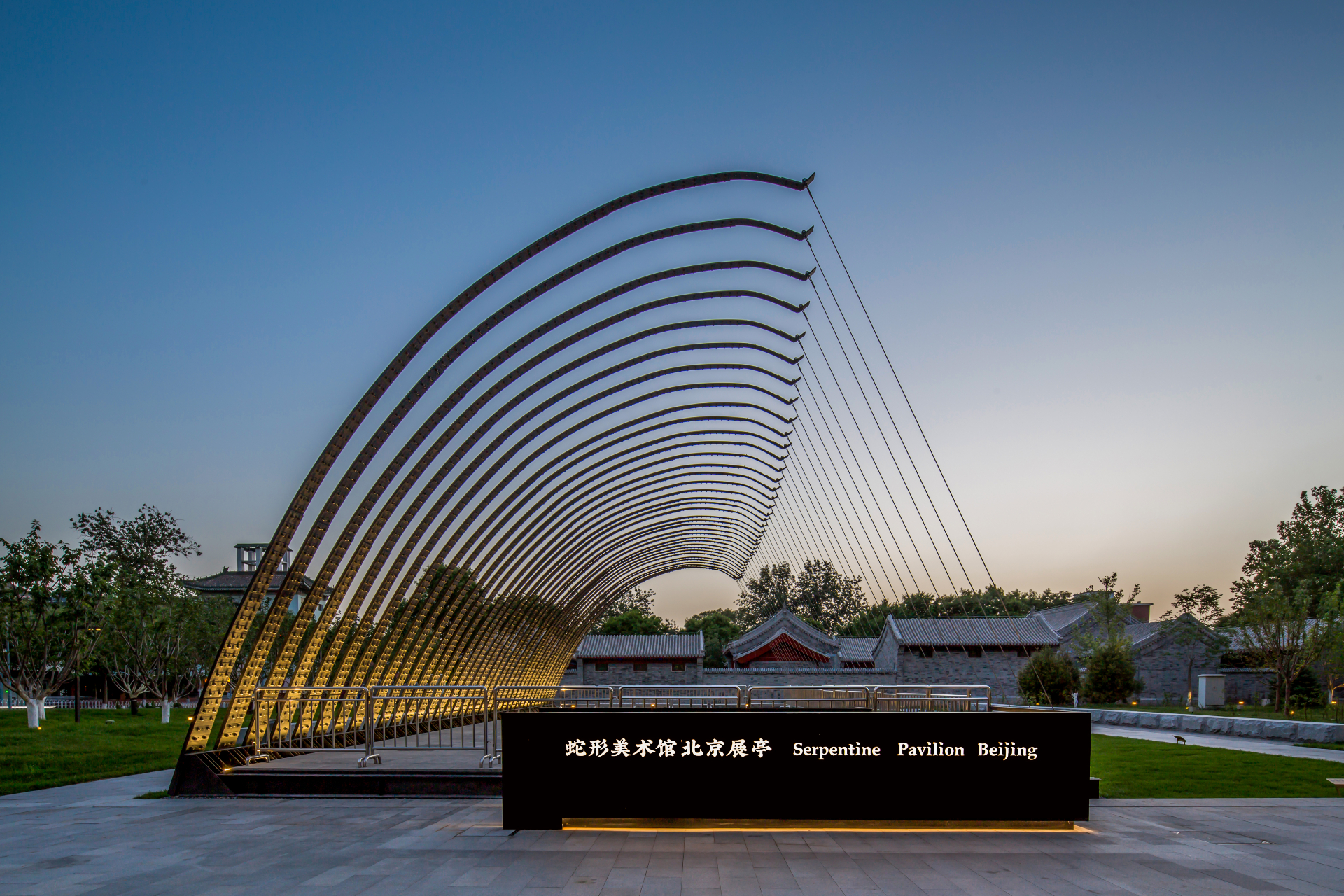
Built on a sacred site in the heart of China’s capital that has seen 500 years of culture and commerce, the first Serpentine Pavilion co-commissioned and created outside the UK opened this week in Wangfujing, Beijing. It marks the inaugural chapter of the collaboration between the institution and the Chinese property developer Hongkong Land.
The collaboration has come about after two years of intense discussion and execution. ‘This project brings a Chinese architect into the Serpentine family after 18 commissions that started with the late great Zaha Hadid,’ says Serpentine CEO Yana Peel. ‘This is the first time that we are working with a Chinese architect and taking on the pavilion is also a real cultural exchange and a dialogue with a new country.’
A selection committee led by Serpentine’s artistic director, Hans Ulrich Obrist and Peel, which brought together six prominent figures from the West and the East, including Chinese artist Wang Jianwei and director of Made in China Philip Dodd, appointed Liu Jiakun of JIAKUN Architects for the project. His proposal, a temporary pavilion, is sympathetic both to the history and culture of Beijing and to the history of the Serpentine projects. ‘We discovered Liu’s work at the Venice Architecture of Biennale in 2016, which was one of the greatest highlights of the show,’ says Obrist, ‘Liu has always connected his architecture to tradition and yet finds a very interesting way of negotiating the local and the global, and that's what he did for us here.’
Liu’s work aims to reflect the community it serves. He uses local craftsmanship to make contemporary cultural city spaces that its citizens can relate to. ‘The design, which focuses on the figure of an archer, incorporates the forces of elasticity through a series of cables stretched between steel plates’, explains Liu. ‘What we ultimately want to present is a spatial installation that goes beyond mere function to push the boundaries of contemporary architectural practice.’
‘This is not simply a franchising exercise where we just send something from A to B, which would be very disrespectful of the local context’, adds Obrist. ‘The 20th century was all about manifestos and today it is about listening. Liu has been very much attentive to the local context and tradition but yet found a very contemporary form and a 21st century way of creating for it. I think it’s what’s demanded in the world today.’ Liu’s creation has also helped to introduce a different tempo in the city; people are very often rushed but this encourages them to slow down and spend time experiencing the architecture, which is one of the core values of the Serpentine.
‘We believe in the idea of “Architecture for All”. It's a wonderful opportunity for us to build a bridge from the historic to the modern world and to create this very open platform, both of hardware and of software in terms of programming, for the next five months’, concludes Peel. The pavilion will be the focal point for a range of cultural activities, events and social encounters from now until the end of October.

Liu Jiakun of Jiakun Architects is behind the design, which has been built in the Wangfujing area
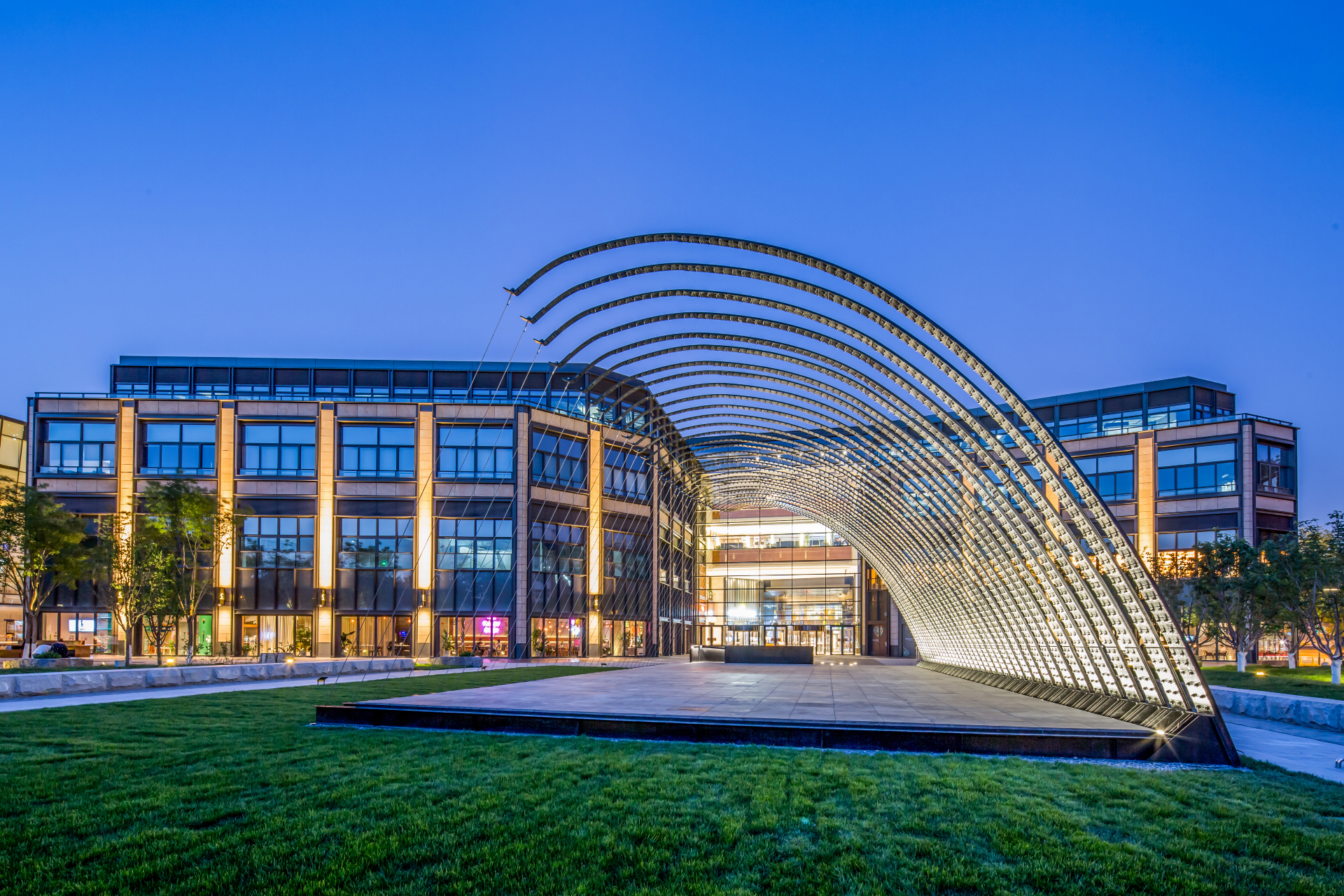
The project is the result of a collaboration between the gallery and Chinese property developer Hongkong Land
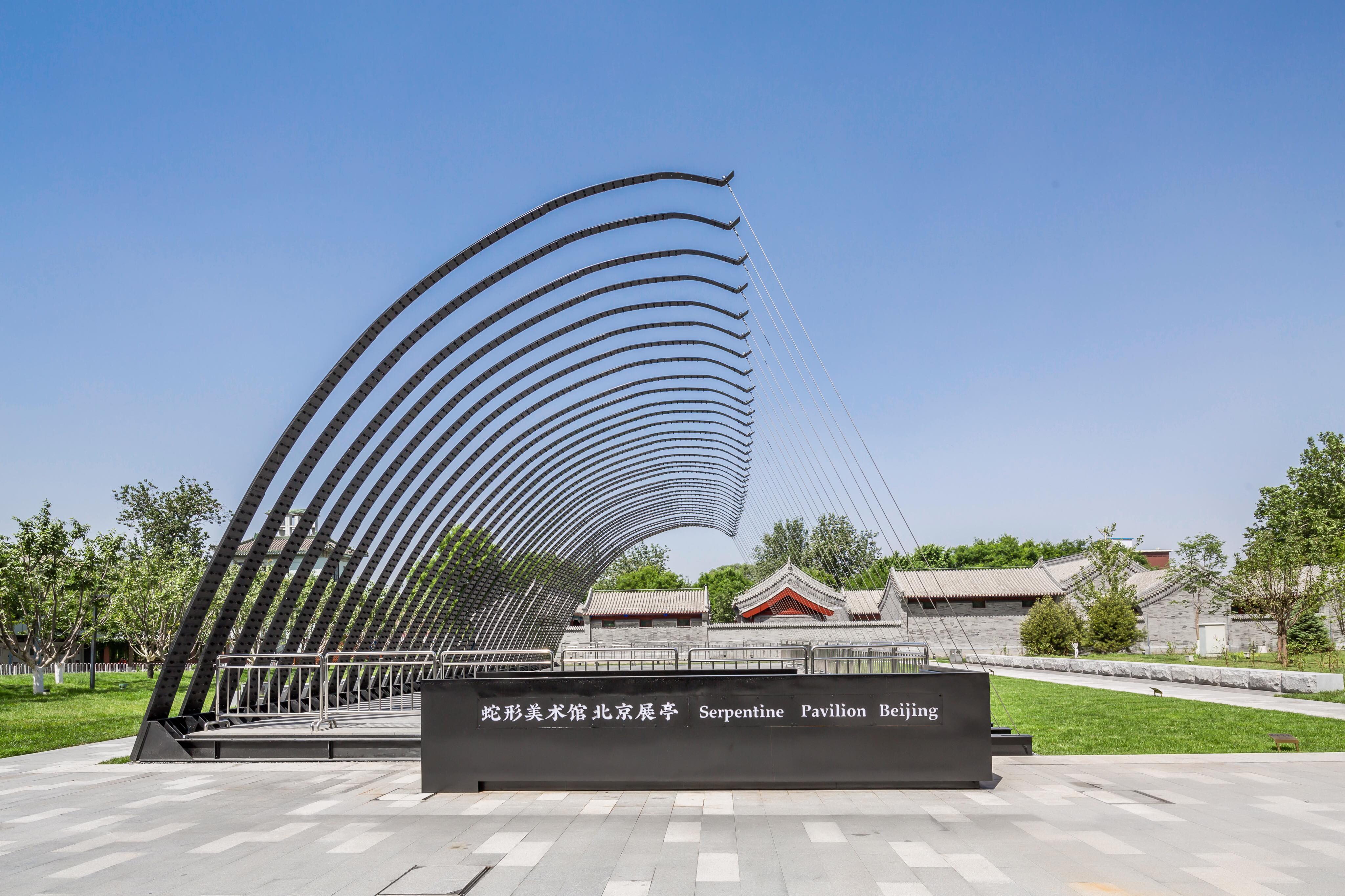
Jiakun is the first architect to design a pavilion for the Serpentine Gallery
INFORMATION
For more information visit the Serpentine Gallery’s website
Receive our daily digest of inspiration, escapism and design stories from around the world direct to your inbox.
Yoko Choy is the China editor at Wallpaper* magazine, where she has contributed for over a decade. Her work has also been featured in numerous Chinese and international publications. As a creative and communications consultant, Yoko has worked with renowned institutions such as Art Basel and Beijing Design Week, as well as brands such as Hermès and Assouline. With dual bases in Hong Kong and Amsterdam, Yoko is an active participant in design awards judging panels and conferences, where she shares her mission of promoting cross-cultural exchange and translating insights from both the Eastern and Western worlds into a common creative language. Yoko is currently working on several exciting projects, including a sustainable lifestyle concept and a book on Chinese contemporary design.
-
 Sculptor Woody De Othello paints a Miami museum red for a show that ‘almost hugs you’
Sculptor Woody De Othello paints a Miami museum red for a show that ‘almost hugs you’The Miami-born, California-based artist opens his first museum exhibition in his hometown as an experiential journey through life and lifeless objects
-
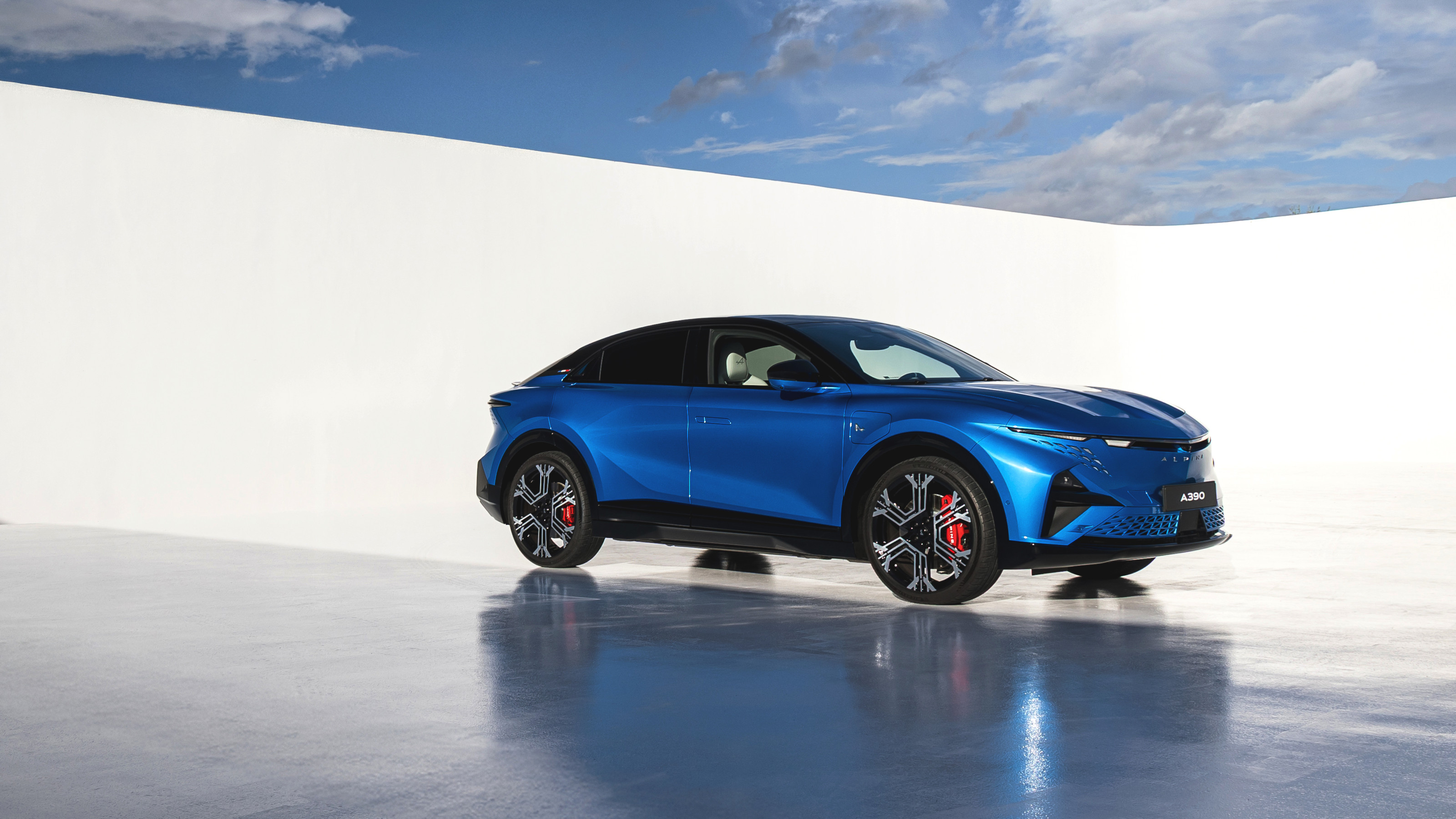 Alpine A390 GT: French, fast and fun. A sporting EV with a real sense of occasion
Alpine A390 GT: French, fast and fun. A sporting EV with a real sense of occasionAlpine doubles down on its fast electric credentials with the A390 GT, the French performance brand’s largest car to date
-
 Forget smart homes, Doma's 'intelligent' doors open at the sight of a familiar face
Forget smart homes, Doma's 'intelligent' doors open at the sight of a familiar faceYves Béhar and Jason Johnson have founded Doma, a tech start-up dedicated to seamlessly integrating tech into your daily life
-
 A life’s work: Hans Ulrich Obrist on art, meaning and being driven
A life’s work: Hans Ulrich Obrist on art, meaning and being drivenAs the curator, critic and artistic director of Serpentine Galleries publishes his memoir, ‘Life in Progress’, he tells us what gets him out of bed in the morning
-
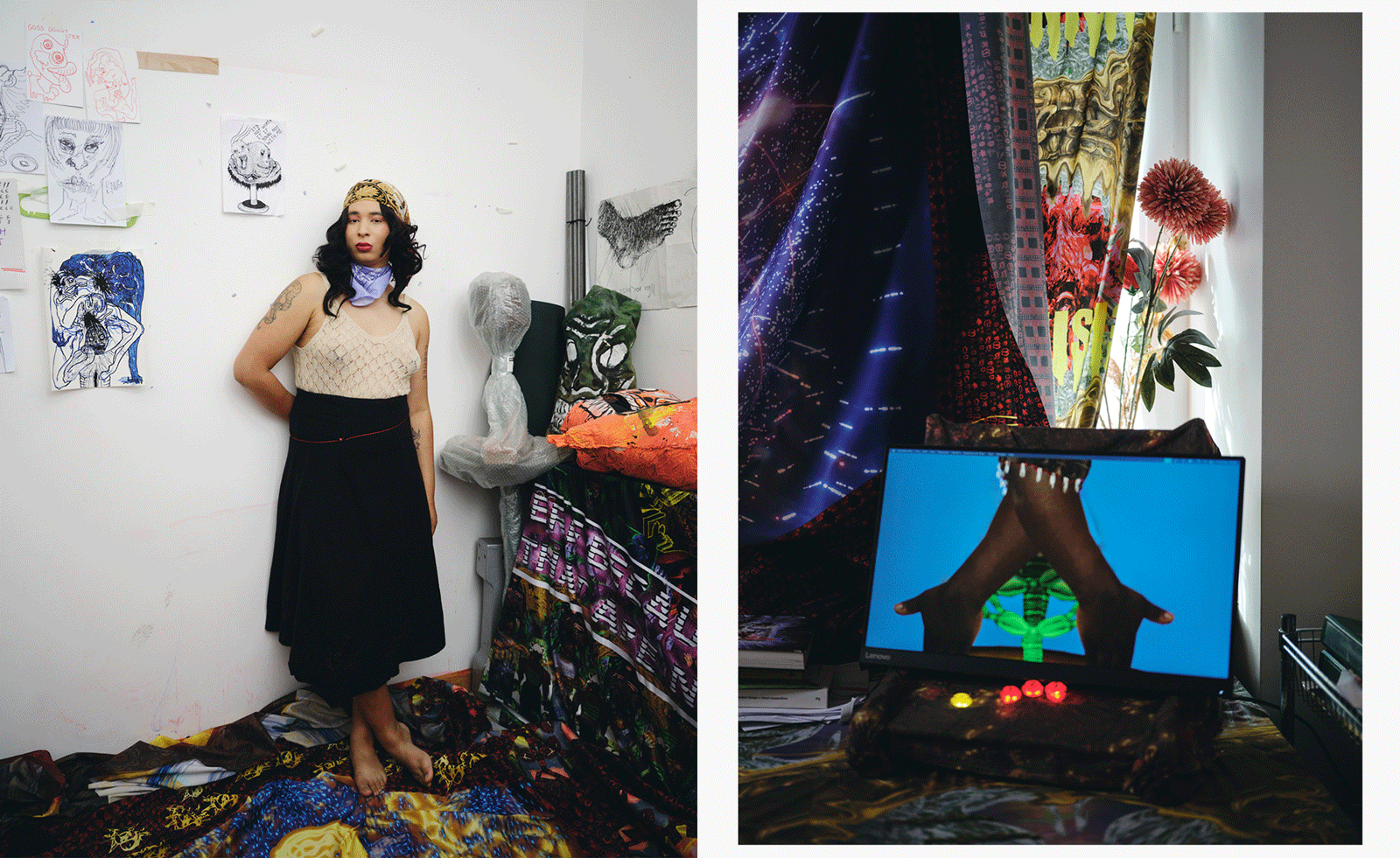 Danielle Brathwaite-Shirley’s multiplayer experience at London’s Serpentine invites visitors to connect in the real world
Danielle Brathwaite-Shirley’s multiplayer experience at London’s Serpentine invites visitors to connect in the real worldDanielle Brathwaite-Shirley rethinks a typical art gallery visit with a new exhibition at Serpentine which encourages viewers to get off the screen
-
 What is RedNote? Inside the social media app drawing American users ahead of the US TikTok ban
What is RedNote? Inside the social media app drawing American users ahead of the US TikTok banDownloads of the Chinese-owned platform have spiked as US users look for an alternative to TikTok, which faces a ban on national security grounds. What is Rednote, and what are the implications of its ascent?
-
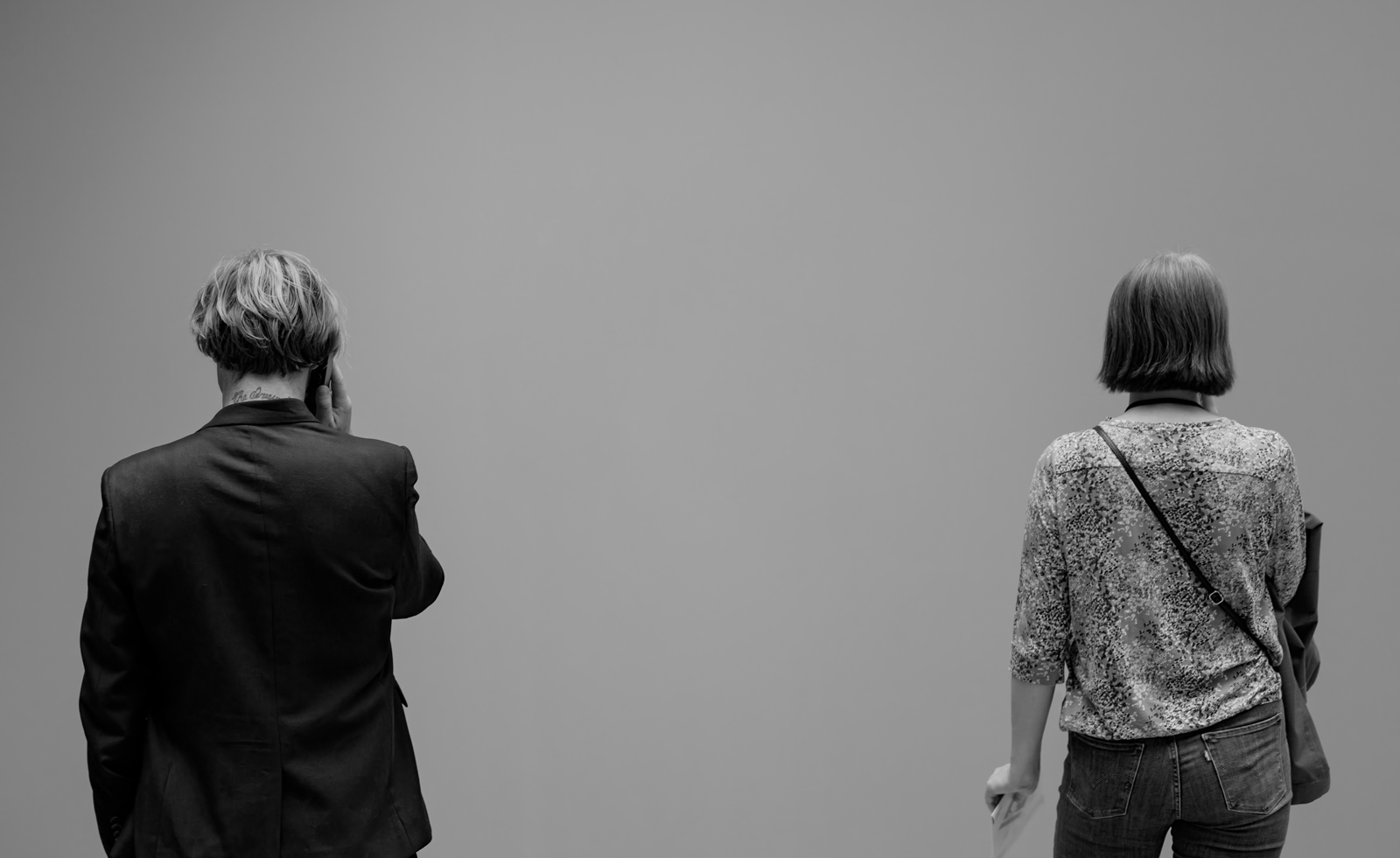 Looking at people looking at art: inside the mind of a gallery attendant
Looking at people looking at art: inside the mind of a gallery attendantVisitor experience workers at London’s Tate Modern, Serpentine, Barbican and V&A share what it’s like to watch people looking at art during a time of changing attention spans and rising vandalism
-
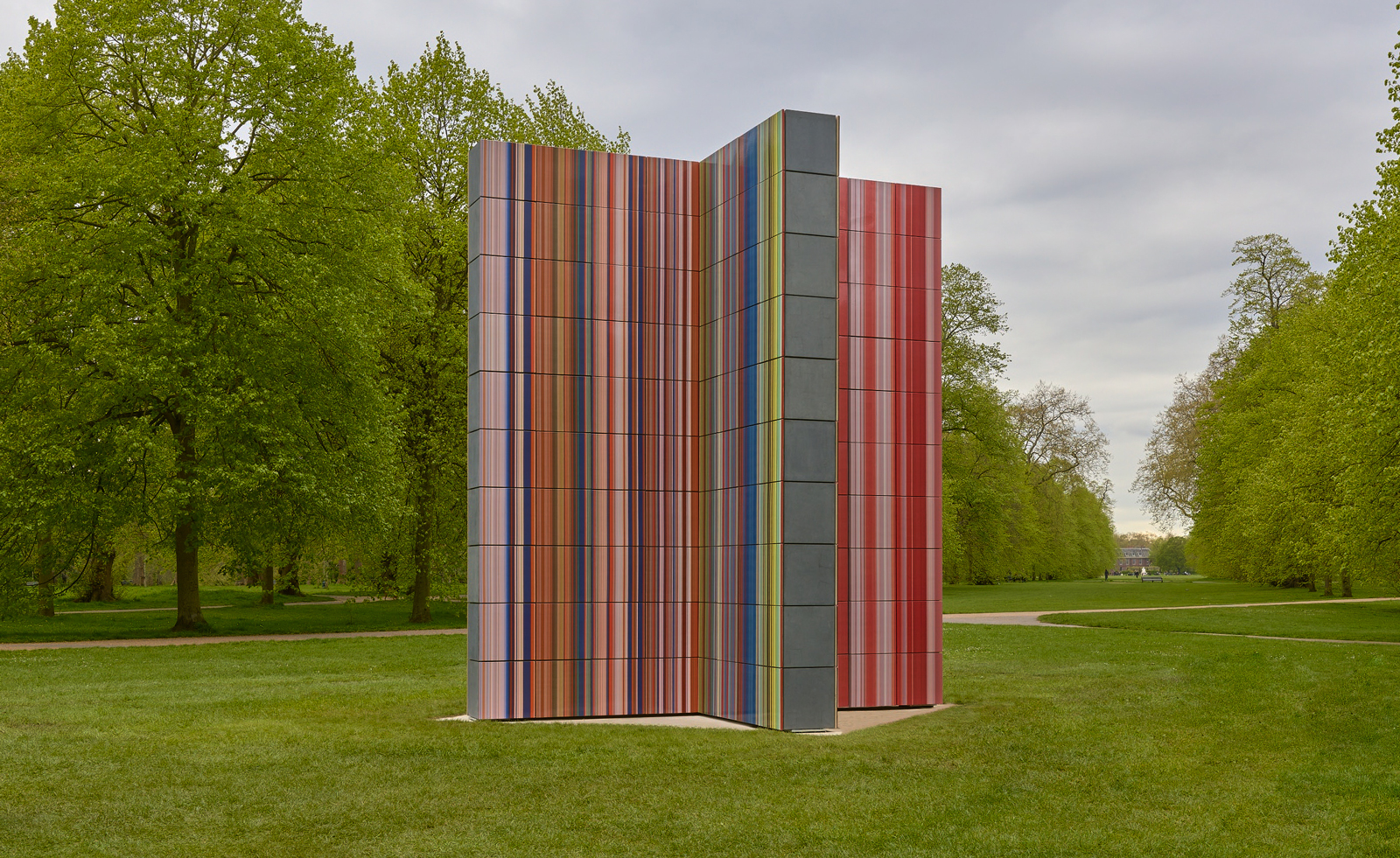 Gerhard Richter unveils new sculpture at Serpentine South
Gerhard Richter unveils new sculpture at Serpentine SouthGerhard Richter revisits themes of pattern and repetition in ‘Strip-Tower’ at London’s Serpentine South
-
 Cui Jie revisits past utopian architectures in her retro-futuristic cityscapes
Cui Jie revisits past utopian architectures in her retro-futuristic cityscapesCui Jie responds to the ‘Cosmos Cinema’ theme of the Shanghai Biennale 2023
-
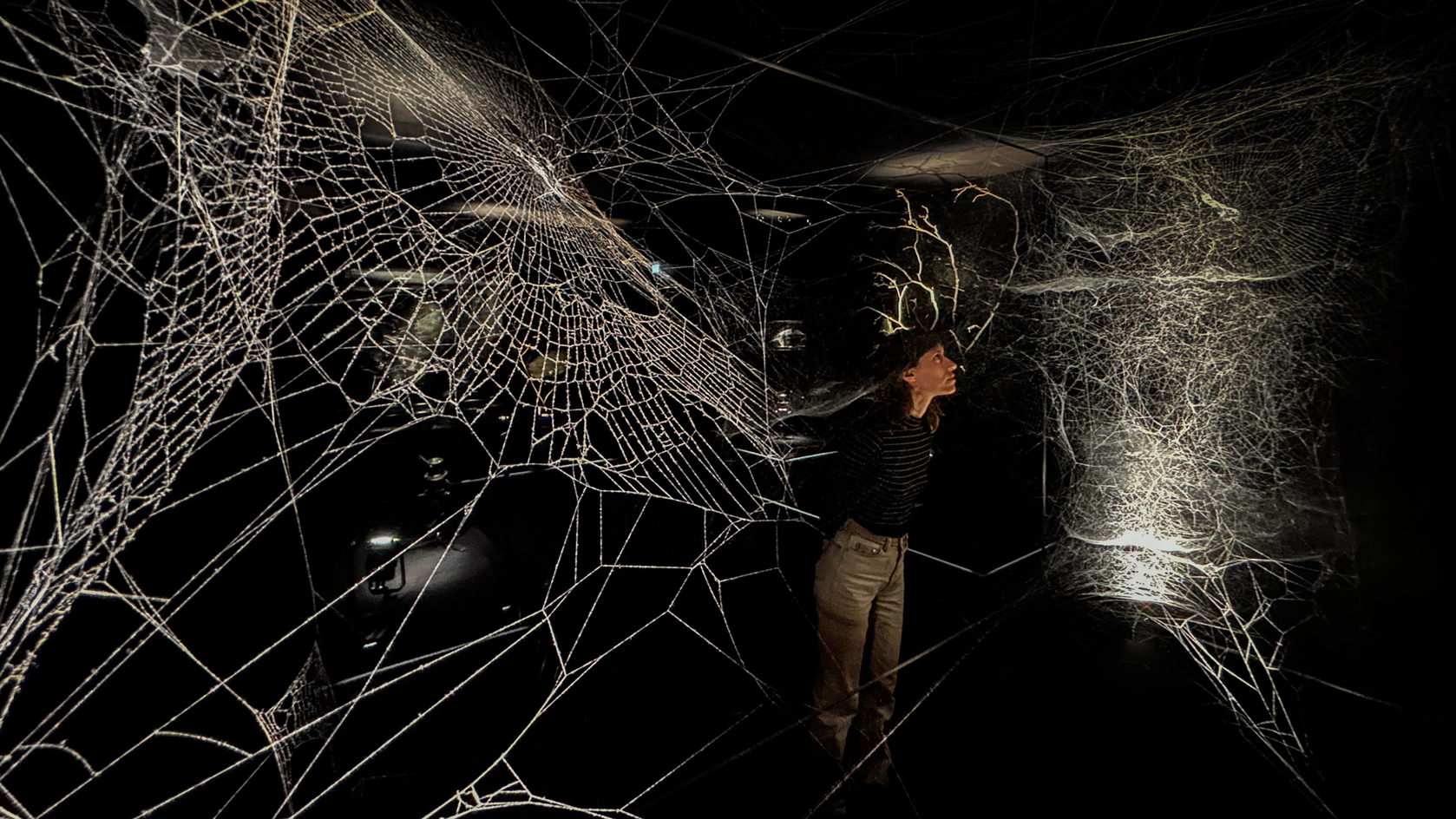 Tomás Saraceno’s spider-led show at Serpentine has legs, and lots of them
Tomás Saraceno’s spider-led show at Serpentine has legs, and lots of them‘Web(s) of Life’, the first major UK show by Tomás Saraceno, is a living, collaborative and multi-species call to climate action involving everything from dog-friendly sculptures to ‘spider diviners’ – but no phones allowed
-
 Steve McQueen to screen his harrowing film 'Grenfell' at London’s Serpentine
Steve McQueen to screen his harrowing film 'Grenfell' at London’s SerpentineAcclaimed film director and artist Steve McQueen will screen his film, Grenfell, at London’s Serpentine South gallery (7 April-10 May 2023), six years after the Grenfell Tower block blaze killed 72